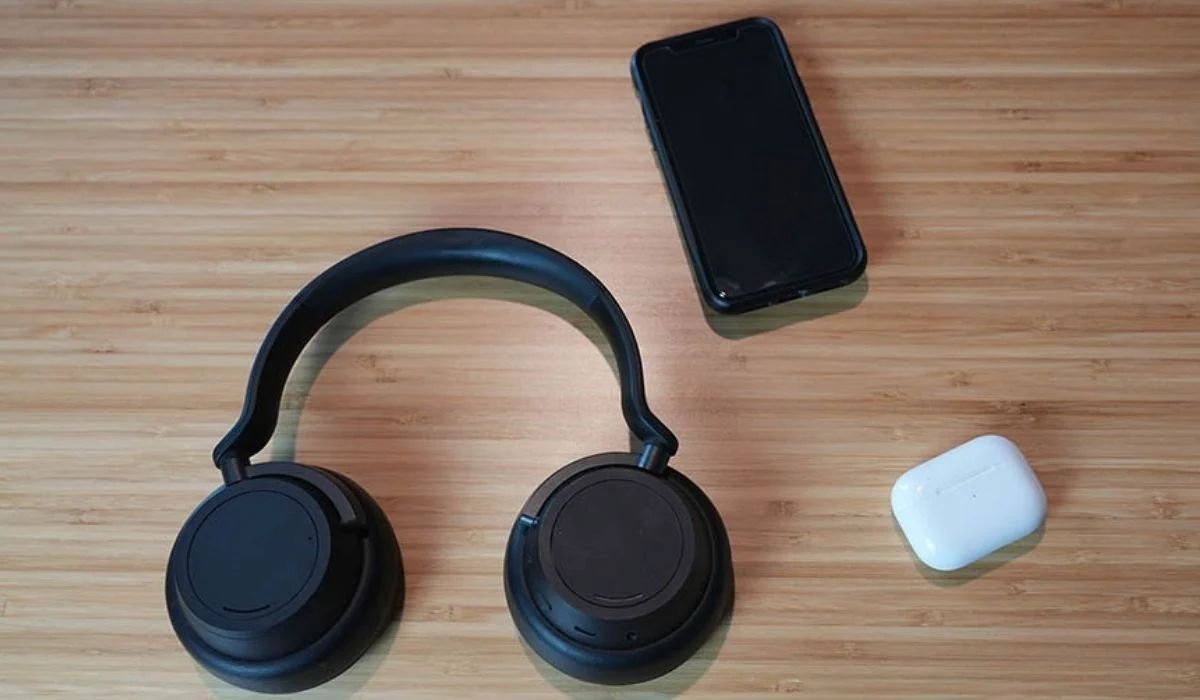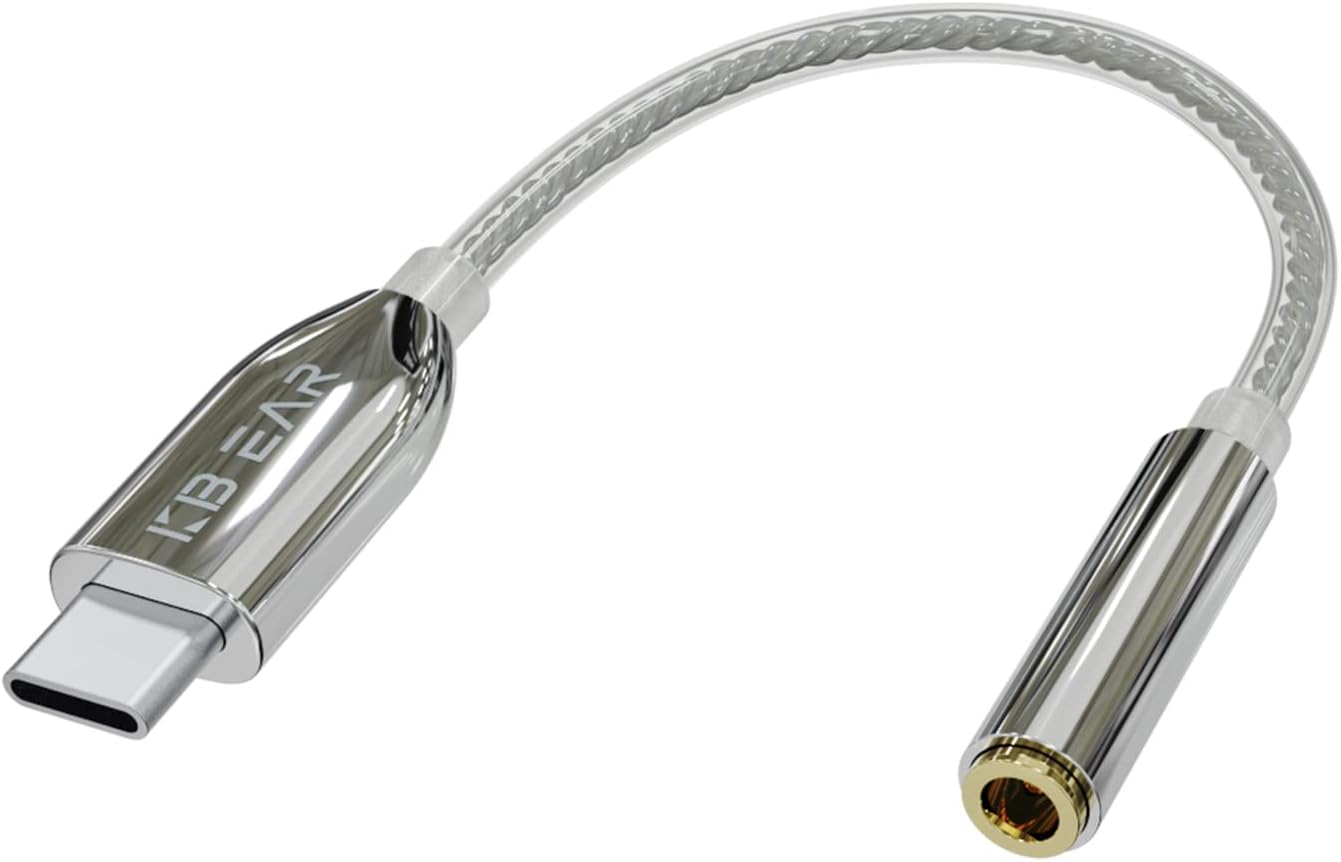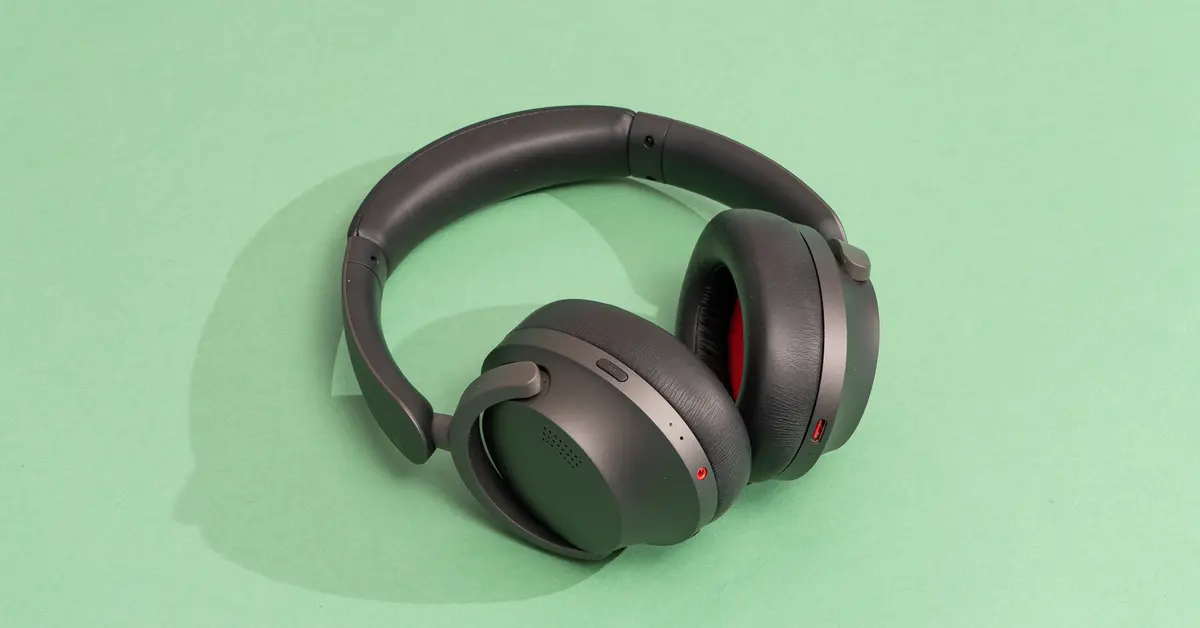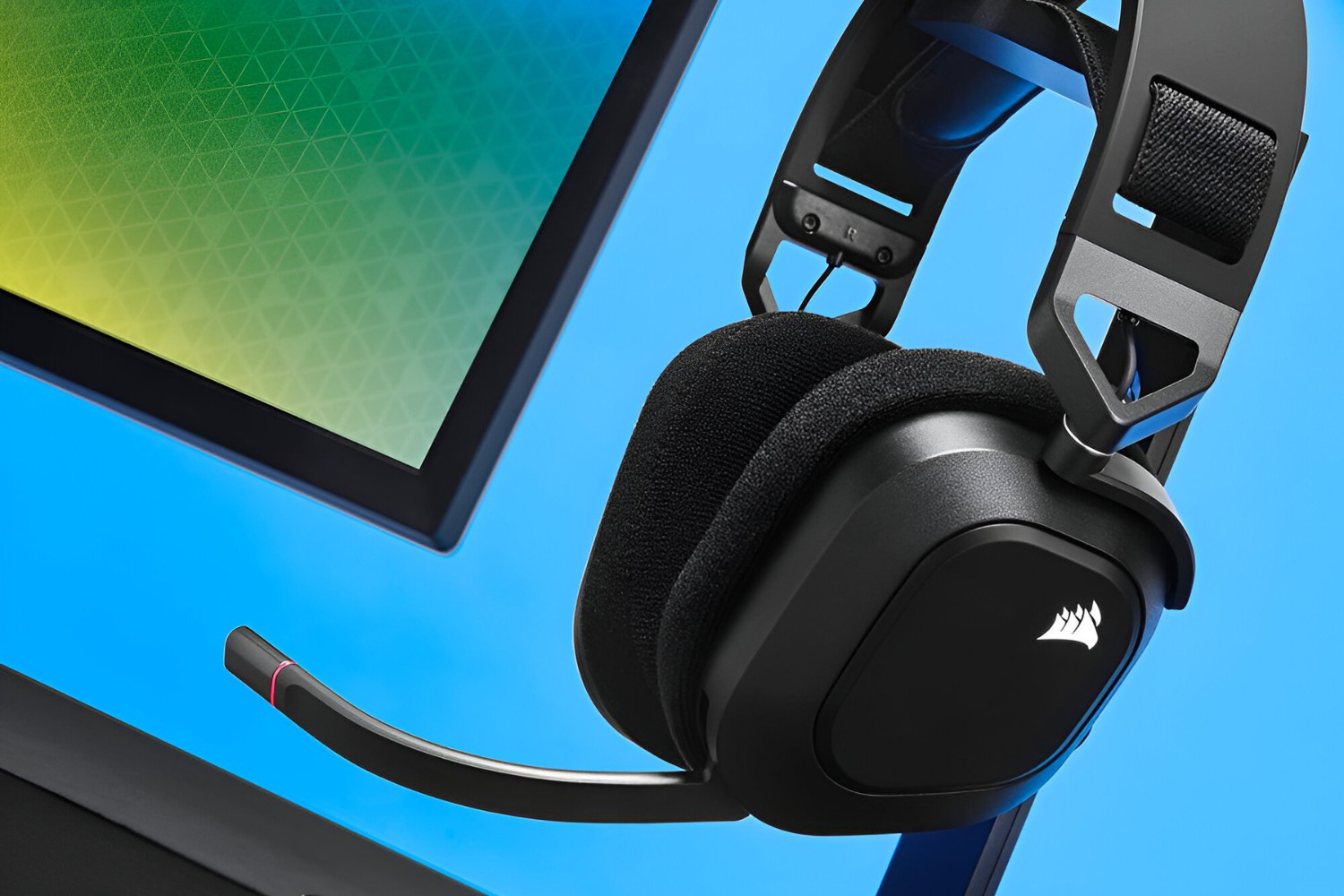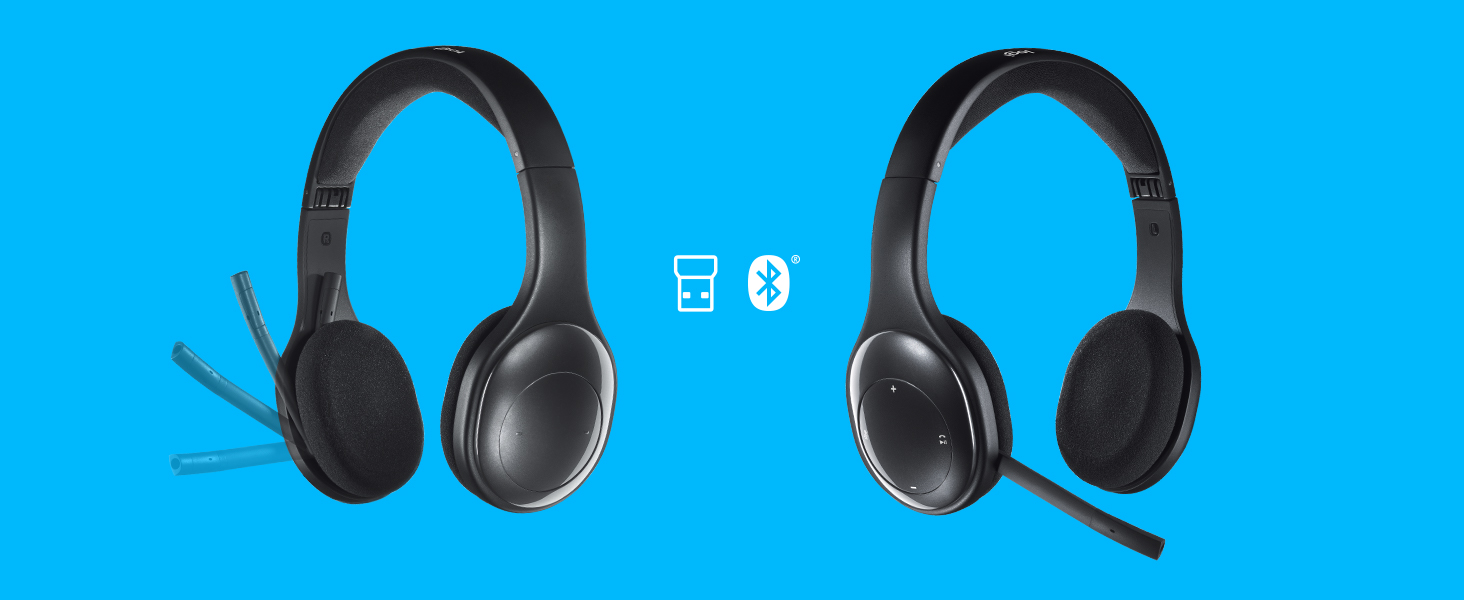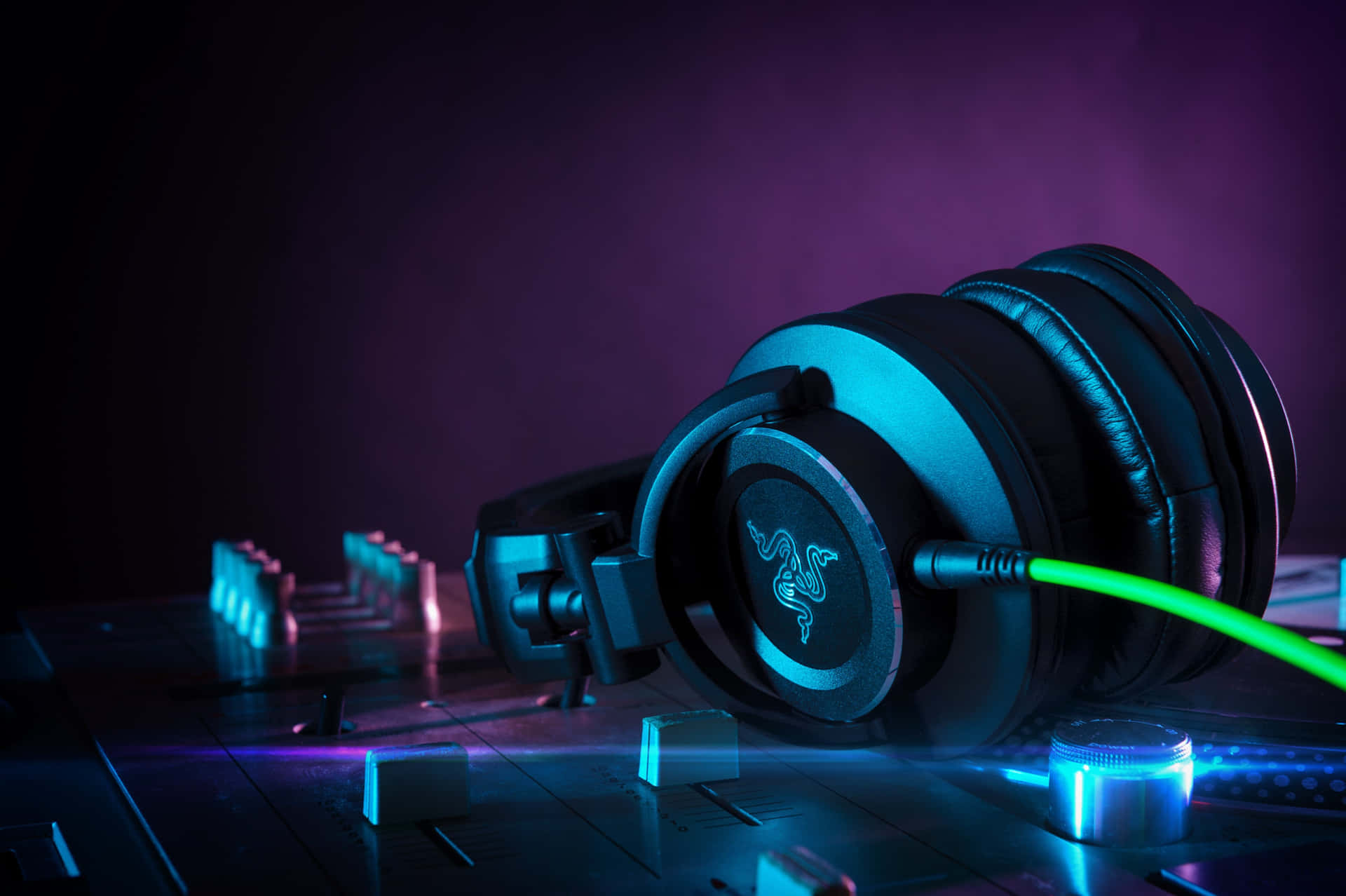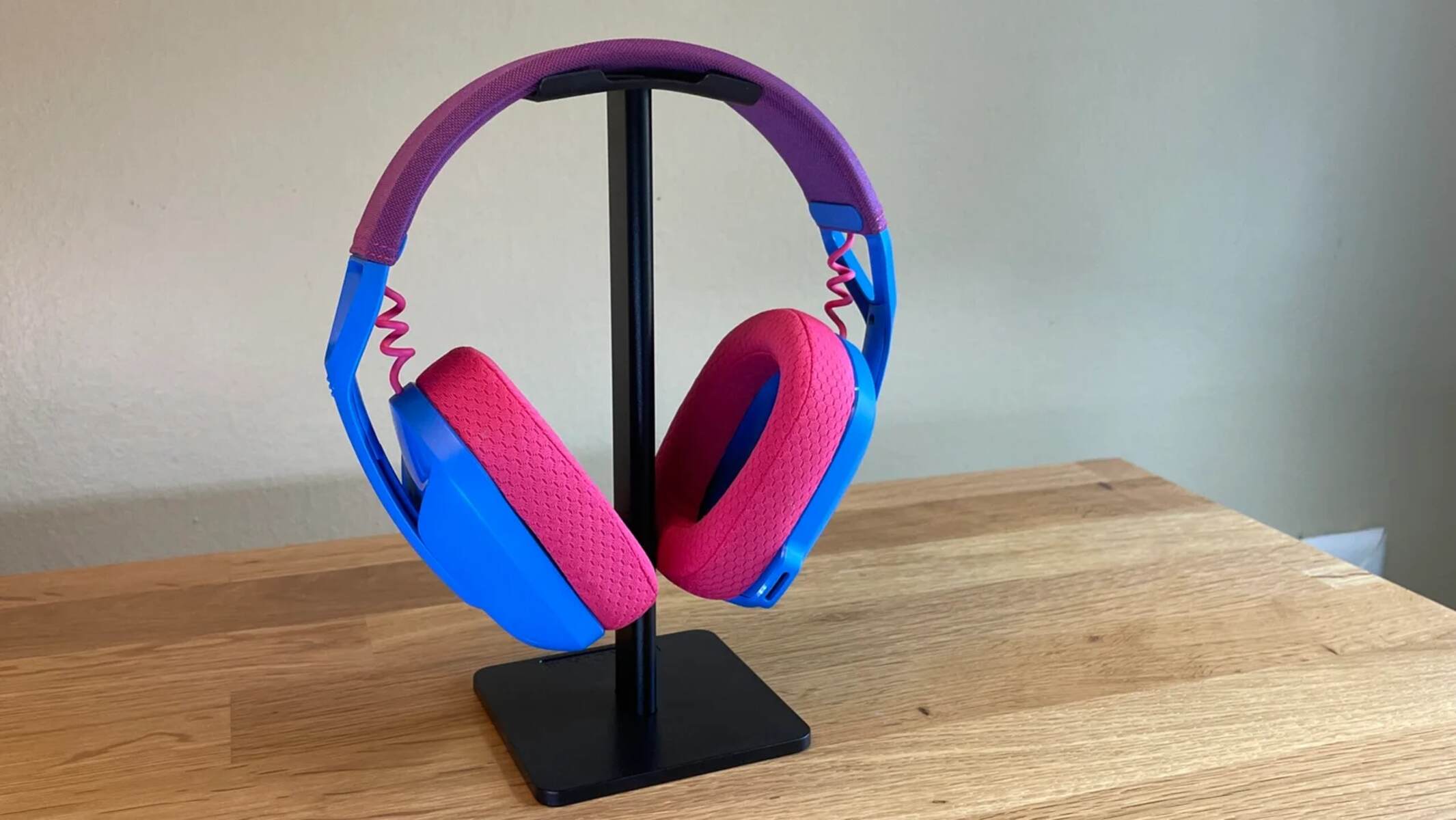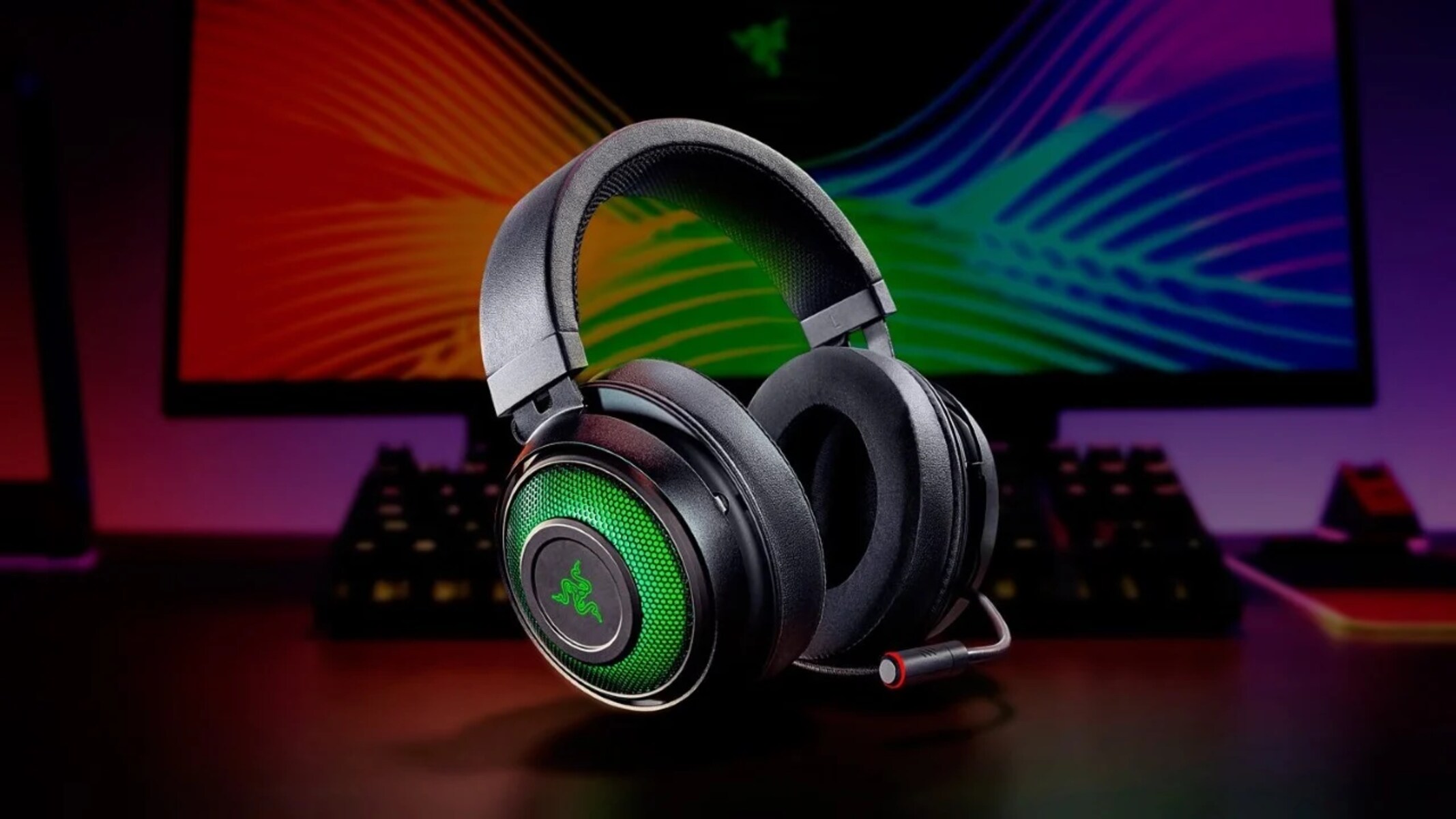Introduction
In a world where convenience and freedom of movement are paramount, wireless technology has become a game-changer. This is especially true in the realm of audio equipment, where the advent of wireless headsets has revolutionized the way we experience sound. Whether you're a dedicated gamer, a music enthusiast, or someone who simply appreciates the flexibility of a wire-free setup, the allure of wireless audio is undeniable.
Gone are the days of being tethered to a device by cumbersome cords, restricted in your movements, or having to untangle a web of wires just to enjoy your favorite tunes or engage in virtual battles. With a wireless audio setup, you can revel in the liberation of seamless connectivity, unrestricted mobility, and immersive sound quality.
The freedom that wireless headsets offer extends beyond mere convenience. It's about transcending the limitations of traditional wired setups and embracing a lifestyle that is unencumbered by physical constraints. Whether you're engrossed in a high-stakes gaming session, working out to your favorite beats, or simply relaxing with a podcast, the absence of cables enhances the overall experience, allowing you to fully immerse yourself in the audio content without distraction.
In this comprehensive guide, we will delve into the intricacies of setting up and optimizing your wireless audio experience. From selecting the right wireless headset to troubleshooting common connection issues, we'll equip you with the knowledge and insights needed to make the most of your wireless audio setup. So, buckle up and get ready to embark on a journey that will liberate you from the shackles of wired connectivity and elevate your audio experience to new heights.
Choosing the Right Wireless Headset
When it comes to choosing the right wireless headset, several factors come into play to ensure that you find the perfect match for your audio needs. With a myriad of options available in the market, it's crucial to consider key aspects that will enhance your overall audio experience.
1. Purpose and Usage
Before delving into the technical specifications, it's essential to determine the primary purpose for which you intend to use the wireless headset. Are you a passionate gamer seeking an immersive gaming experience? Or perhaps you're an avid music enthusiast looking for high-fidelity audio reproduction? Understanding your usage patterns will guide you in selecting a headset that aligns with your specific needs.
2. Audio Quality
One of the most critical aspects of a wireless headset is its audio quality. Look for headsets that offer clear, crisp sound reproduction with a wide frequency response range. Whether it's the thunderous explosions in a game or the subtle nuances of a musical composition, a high-quality wireless headset should deliver an immersive audio experience that captivates your senses.
3. Comfort and Design
Comfort is paramount, especially if you intend to use the headset for extended periods. Look for a design that prioritizes comfort without compromising on style. Adjustable headbands, cushioned ear cups, and lightweight materials contribute to a comfortable fit, allowing you to wear the headset for prolonged durations without discomfort.
4. Battery Life and Charging
Since wireless headsets rely on batteries for power, evaluating the battery life is crucial. Opt for a headset with a long-lasting battery that can endure extended usage without frequent recharging. Additionally, consider the charging mechanism – whether it utilizes USB-C, micro-USB, or proprietary charging cables – and choose a model that aligns with your preferences.
5. Wireless Range and Connectivity
The wireless range and connectivity options play a pivotal role in the overall usability of the headset. Assess the wireless range to ensure that it accommodates your intended usage scenarios, whether you're moving around a room or maintaining a connection from a distance. Furthermore, consider the compatibility with various devices and the ease of pairing with different transmitters.
By carefully evaluating these factors, you can narrow down your options and select a wireless headset that seamlessly integrates with your lifestyle and elevates your audio experience to new heights. Whether you prioritize audio fidelity, comfort, or versatility, finding the right wireless headset will undoubtedly enhance your overall enjoyment of audio content.
Setting Up Your Wireless Transmitter
Setting up your wireless transmitter is a crucial step in establishing a seamless and reliable wireless audio setup. The transmitter serves as the bridge between your audio source, such as a gaming console, PC, or television, and your wireless headset, facilitating the transmission of audio signals without the constraints of physical cables.
1. Location and Placement
The placement of your wireless transmitter is pivotal in ensuring optimal performance. Ideally, position the transmitter in close proximity to your audio source to minimize signal interference and maximize the wireless range. Additionally, ensure that the transmitter is placed on a stable surface and away from potential obstructions to maintain a strong and uninterrupted connection.
2. Power and Connectivity
Before proceeding with the setup, ensure that the wireless transmitter is powered on and connected to a suitable power source. Most transmitters are powered via USB or AC adapters, providing flexibility in powering options. Once powered, verify that the transmitter is in pairing mode, ready to establish a connection with your wireless headset.
3. Audio Source Configuration
Depending on the type of audio source, such as a gaming console or PC, it's essential to configure the audio output settings to route the audio signal to the wireless transmitter. This typically involves accessing the audio settings on your device and selecting the wireless transmitter as the designated audio output device. By configuring the audio source correctly, you ensure that the audio signals are transmitted wirelessly to your headset without any impediments.
4. Signal Pairing
Pairing the wireless transmitter with your headset is a straightforward process that typically involves pressing a designated pairing button on the transmitter and initiating the pairing mode on the headset. Once paired, the transmitter and headset establish a secure wireless connection, enabling the seamless transmission of audio signals without the need for physical cables.
5. Signal Testing
After completing the setup process, it's advisable to test the wireless connection to ensure that the audio signals are being transmitted effectively. Play a sample audio track or engage in a brief gaming session to gauge the audio quality and signal stability. If any issues arise, reposition the transmitter or headset to optimize the signal strength and minimize potential interference.
By following these steps, you can effectively set up your wireless transmitter, laying the foundation for a liberating and immersive wireless audio experience. The seamless integration of the transmitter with your audio source and headset ensures that you can revel in the freedom of wireless connectivity without compromising on audio quality or reliability.
Pairing Your Headset with the Transmitter
Pairing your wireless headset with the transmitter is a pivotal step that ensures the establishment of a secure and reliable wireless connection, enabling the seamless transmission of audio signals from your audio source to the headset. This process typically involves initiating a pairing mode on both the headset and the transmitter, allowing them to recognize and establish a direct wireless link. Here's a detailed guide on how to pair your headset with the transmitter:
-
Initiating Pairing Mode: Begin by activating the pairing mode on your wireless headset. This often entails pressing and holding a designated pairing button or following specific instructions outlined in the headset's user manual. By initiating the pairing mode, the headset becomes discoverable, ready to establish a connection with the wireless transmitter.
-
Transmitter Pairing Process: Once the headset is in pairing mode, proceed to activate the pairing mode on the wireless transmitter. This typically involves pressing a designated pairing button or following prescribed steps to enable the transmitter to search for and identify compatible headsets within its vicinity.
-
Recognition and Pairing: As the transmitter enters pairing mode, it scans for available headsets and recognizes the headset that is actively seeking a connection. Upon recognition, the transmitter and headset initiate a secure pairing process, establishing a direct wireless link that facilitates the transmission of audio signals without the need for physical cables.
-
Confirmation and Signal Stability: Upon successful pairing, the transmitter and headset often provide visual or audible confirmation, indicating that the wireless connection has been established. It's advisable to verify the signal stability and audio quality by playing a sample audio track or engaging in a brief audio test to ensure that the wireless link is robust and reliable.
-
Finalizing the Pairing Process: Once the pairing is confirmed and the wireless connection is validated, the headset and transmitter are ready to seamlessly transmit audio signals. It's essential to ensure that both devices remain within the wireless range of each other to maintain an uninterrupted connection and optimize the overall audio experience.
By following these steps, you can effectively pair your wireless headset with the transmitter, culminating in a seamless and robust wireless connection that liberates you from the constraints of wired audio setups. The successful pairing process sets the stage for an immersive and unrestricted audio experience, allowing you to revel in the freedom of wireless connectivity without compromising on audio quality or reliability.
Troubleshooting Common Connection Issues
Even with the seamless nature of wireless technology, occasional connection issues may arise, impacting the stability and reliability of your wireless audio setup. Understanding and addressing these common connection issues is crucial to ensure a consistently optimal audio experience. Here are some troubleshooting steps to resolve common connection issues:
-
Interference and Signal Dropout: Wireless signals can be susceptible to interference from other electronic devices, physical obstructions, or competing wireless networks. To mitigate this, reposition the wireless transmitter and headset to minimize potential interference. Additionally, ensure that the wireless transmitter is placed away from sources of electromagnetic interference, such as routers, microwave ovens, or cordless phones, to maintain a stable connection.
-
Signal Range Limitations: If you experience signal dropout or degradation when moving away from the wireless transmitter, consider the wireless range limitations. Reposition the transmitter to a central location within the intended usage area to maximize the wireless coverage. Alternatively, investing in a wireless repeater or signal booster can extend the range and enhance signal strength, especially in larger environments.
-
Battery and Power Issues: Inconsistent power supply or low battery levels in the wireless headset can lead to connection issues. Ensure that the headset is adequately charged and that the transmitter is powered via a stable power source. If the headset utilizes replaceable batteries, consider replacing them with fresh ones to ensure consistent power delivery.
-
Driver and Firmware Updates: Outdated drivers or firmware in the wireless transmitter or headset can lead to compatibility issues and connectivity disruptions. Check for available updates for the transmitter and headset, and ensure that they are running the latest firmware or drivers to optimize compatibility and performance.
-
Wireless Interference Mitigation: In environments with dense wireless activity, such as crowded urban areas or spaces with multiple wireless devices, interference can impact the wireless connection. Switching the wireless transmitter to a less congested frequency band, if applicable, or adjusting the wireless channel settings can mitigate interference and improve connection stability.
-
Environmental Factors: Environmental conditions, such as excessive humidity or extreme temperatures, can impact the performance of wireless devices. Ensure that the wireless transmitter and headset are used within recommended environmental parameters to maintain optimal functionality.
By addressing these common connection issues through proactive troubleshooting, you can optimize the stability and reliability of your wireless audio setup, ensuring a consistently immersive and seamless audio experience.
Tips for Getting the Most Out of Your Wireless Audio Setup
-
Optimize Wireless Range: Position the wireless transmitter in a central location within the intended usage area to maximize the wireless coverage. Avoid physical obstructions and sources of electromagnetic interference to maintain a stable connection and extend the wireless range.
-
Regular Maintenance: Keep your wireless headset and transmitter clean and free from dust or debris. Regular maintenance ensures optimal functionality and longevity of your audio equipment.
-
Explore Custom EQ Settings: Many wireless headsets offer customizable equalizer (EQ) settings, allowing you to tailor the audio output to your preferences. Experiment with different EQ presets or create custom profiles to enhance the audio experience based on the content you're enjoying.
-
Firmware and Software Updates: Stay updated with the latest firmware and software releases for your wireless headset and transmitter. Manufacturers often release updates to improve performance, address connectivity issues, and introduce new features, ensuring that your audio setup operates at its best.
-
Battery Management: To maximize battery life, avoid leaving the wireless headset on when not in use. Additionally, follow the manufacturer's guidelines for charging and storage to maintain the battery's health and longevity.
-
Adjust Audio Settings: Explore the audio settings on your audio source, such as gaming consoles or PCs, to fine-tune the audio output. Adjusting settings like virtual surround sound, dialogue enhancement, or bass boost can significantly enhance your audio experience.
-
Explore Multi-Device Connectivity: If your wireless headset supports multi-device connectivity, take advantage of this feature to seamlessly switch between different audio sources, such as a gaming console and a mobile device, without the hassle of re-pairing.
-
Comfort and Ergonomics: Prioritize comfort during extended usage by adjusting the headset for a secure and comfortable fit. Proper ergonomics not only enhance comfort but also contribute to an immersive and enjoyable audio experience.
-
Explore Audio Modes: Some wireless headsets offer specialized audio modes tailored for specific content, such as gaming, music, or movies. Experimenting with these modes can unlock the full potential of your wireless headset, delivering optimized audio for various scenarios.
-
Community Forums and Support: Engage with online communities, forums, or the manufacturer's support channels to gain insights, troubleshooting tips, and user experiences. Leveraging collective knowledge can help you overcome challenges and unlock hidden features of your wireless audio setup.
By incorporating these tips into your wireless audio setup, you can elevate your audio experience, maximize the capabilities of your equipment, and ensure a seamless and immersive audio journey.







